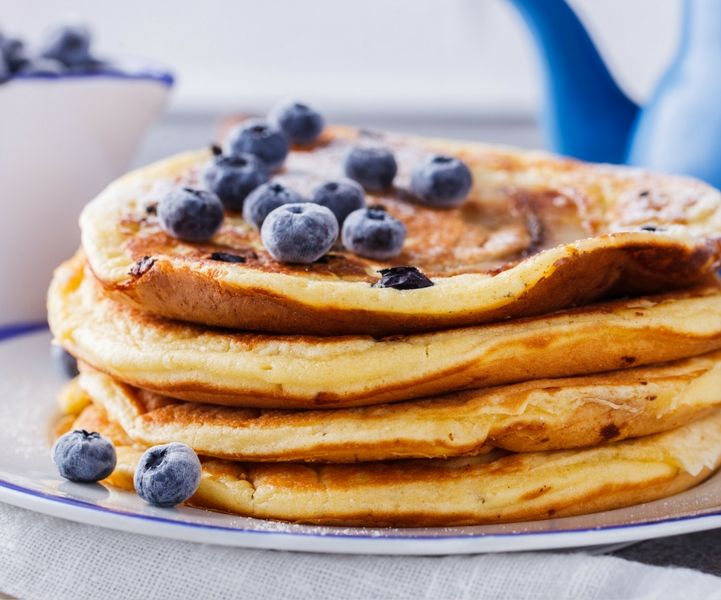Gluten-Free Blueberry Banana Pancakes
10 minute read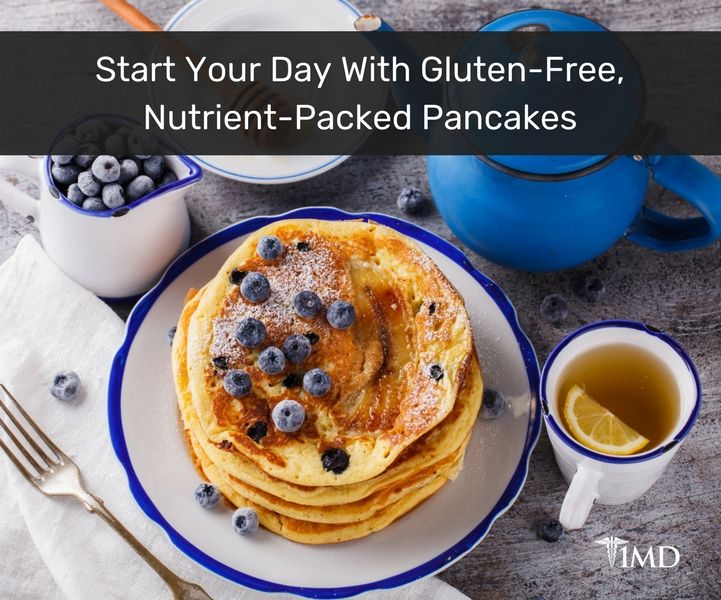
This Gluten-Free Blueberry Banana Pancake recipe is suitable for those following The Paleo Diet® and even those who are not. The recipe contains eggs, bananas, and blueberries without the processed refined flour and sugar present in pancake mixes or traditional pancake recipes. This recipe is a healthy way to start the day.
What’s In This Recipe
Banana: The base of these pancakes is banana, which is an excellent source of potassium and dietary fiber, as well as vitamins and minerals. One banana contains over 30 percent of the recommended daily intake for vitamin B6.
This fruit is low to medium on the glycemic index, which means bananas don't generally cause a spike in blood glucose. However, diabetics should probably limit consumption of ripe bananas and monitor blood glucose levels when eating.
| Related: The Miracle Mineral That Can Radically Reduce Anxiety |
Bananas may have a positive effect on blood pressure, as they are a good source of potassium, which controls the electrical balance of the heart. The fruit is also a good source of magnesium, which has a beneficial impact on heart health.
In addition to controlling blood pressure, potassium supports healthy function of the kidneys. Studies have concluded that eating bananas several times a week decrease risk of developing kidney disease by as much as 30 to 50 percent.
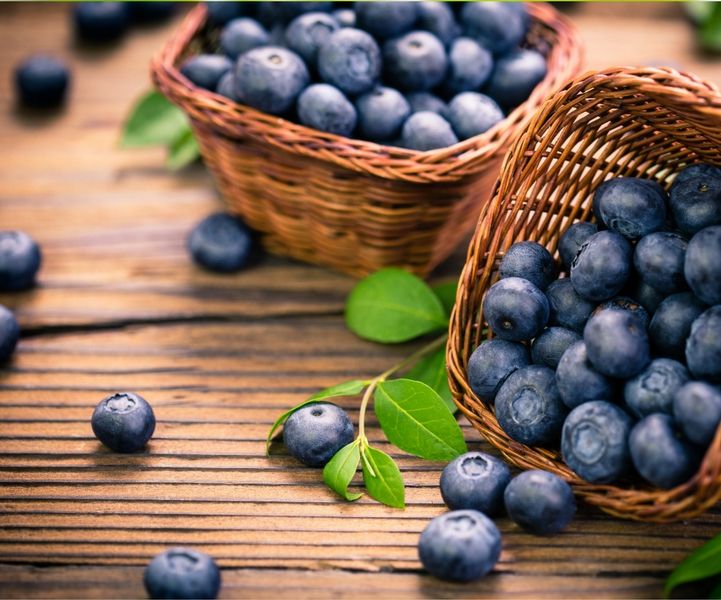
Blueberries: These nutritional powerhouses are dense with nutrients. One cup of blueberries contains 4 grams of fiber, as well as 24% of the recommended daily intake for vitamin C, 36% for vitamin K (potassium), and 25% for manganese.
In addition, blueberries are packed with antioxidants, which provide a defense against oxidative DNA damage from free radicals that can impact cellular structure and contribute to aging and cognitive decline, as well as diseases such as cancer.
Anthocyanins do more than provide blueberries with their hue; these powerful flavonoids has been shown to improve insulin sensitivity, potentially lowering risk for metabolic syndrome and Type 2 diabetes.
| Related: 5 Incredible Lifestyle Changes To Reduce Your Cholesterol |
Egg: A good source of protein, eggs have an alternating reputation as the perfect food or a contributing factor to “high cholesterol.” An egg is a compact source of a wide spectrum of nutrients, enough to support the development of a baby chick.
As far as cholesterol goes, an egg does contain about half the recommended dietary cholesterol per day but research has shown that eating eggs does not adversely impact LDL cholesterol for most people and may even increase high density lipoproteins (HDL) or “good cholesterol.”
An egg is also a good source of complete protein with the right ratios of amino acids and are a good source of choline, which supports brain health, as well as the antioxidants lutein and zeaxanthin, which benefit eye health.

Almond Butter: Numerous studies have shown a diet that includes several servings a week of nuts or nut butter may lower risk for both cardiovascular disease and Type 2 diabetes. Almond butter is a good source of monounsaturated fats, fiber, vitamin E, iron, and calcium.
Vitamin A acts as an antioxidant, impacting the development of arterial plaque; the calcium in almond butter supports bone health and iron, red blood cells.
Nuts and nut butters are a highly concentrated source of calories so it’s important to be conscious of portion size. Two tablespoons or 23 almonds constitutes a healthy portion size. Also, choose nut butters without added sugars and hydrogenated oils or palm oil.
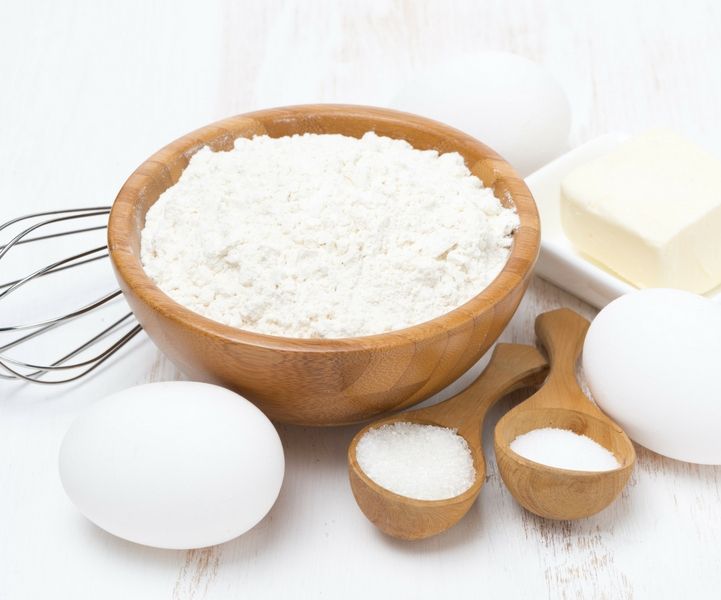
What’s Missing?
Homemade traditional pancakes are generally made with refined flour, refined sugar, baking powder, salt, as well as butter or vegetable oil. Prepared batter or a mix may contain palm oil, preservatives, and artificial additives.
When wheat and sugar is refined, most of the nutrients have been stripped. Processors may add back synthetic vitamins to white flour but whole foods are still preferred. White flour and sugar are high on the glycemic index scale. In fact, all foods on the scale are measured against white sugar or glucose.
| Related: The Pleasure Principle: Why We Love Sugar, Salt, and Fat |
Eating a diet that is high in refined carbohydrates has been linked with an increased risk for obesity, metabolic syndrome, cardiovascular disease, and Type 2 diabetes.
Spikes and dips in blood glucose lead to hunger an hour you eat because drops in blood glucose stimulate hunger and cravings. Refined carbohydrates are also linked with an increase in visceral fat -- “belly fat” and fat that surrounds organs, as well as inflammation, which may be a primary cause of leptin resistance and obesity.
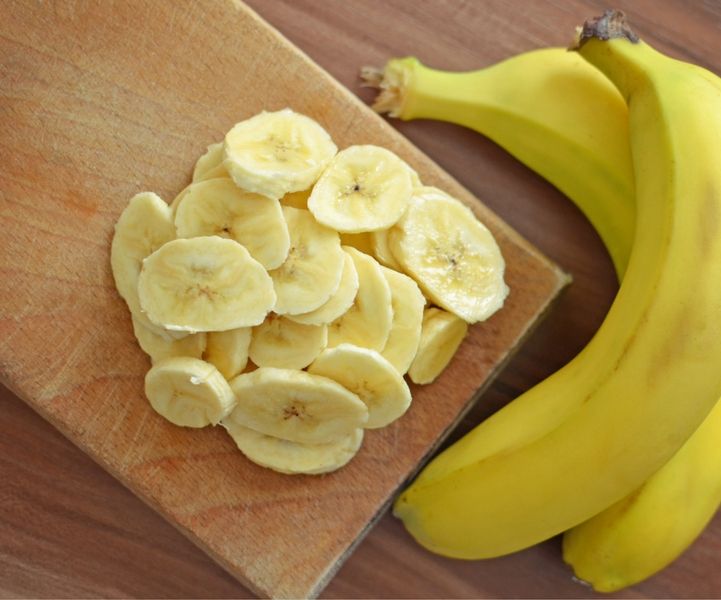
Gluten-Free Blueberry Banana Pancakes
Difficulty: Easy
Time: 15 minutes
Serves: 1
Ingredients:
1 ripe banana, cut into large pieces
1 egg
¼ cup almond butter
¼ tsp baking powder
½ tsp pure vanilla extract
¼ cup fresh or frozen blueberries
1 tsp coconut oil (for greasing)
For serving (optional)
1 tbsp fresh blueberries
½ tsp raw honey
Instructions:
- Using an immersion blender, blend banana, almond butter, egg, baking powder, and pure vanilla extract.
- Add blueberries and stir.
- Heat the pan over medium heat.
- Grease with 1 tsp coconut oil.
- Pour in 1/4 cup of the mixture for each pancake.
- Cook until small bubbles appear on the surface, for about 2-3 minutes.
- Turn carefully, and cook another 1-2 minutes.
- Remove the pancakes from the heat.
- Top with fresh blueberries, drizzle with honey and serve
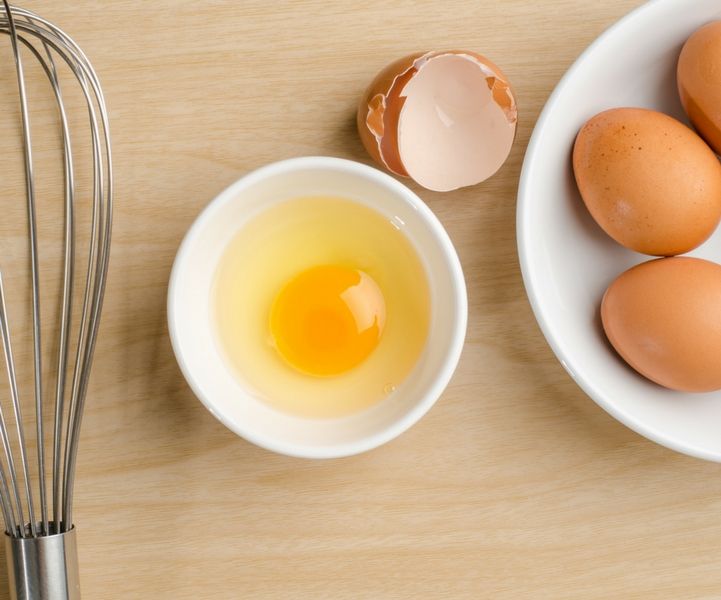
What Is “The Paleo Diet?”
Popularized by author Loren Cordain in his 2002 book by the same name, The Paleo Diet® is structured to follow the dietary regimen of pre-agricultural hunter-gatherers. The diet includes proteins like grass-fed beef and other meats, poultry, eggs, certain fruits and vegetables, while excluding grains, dairy, and processed foods. Cordain and other advocates of The Paleo Diet® promote the diet for weight loss and to minimize risk for chronic “modern” diseases.
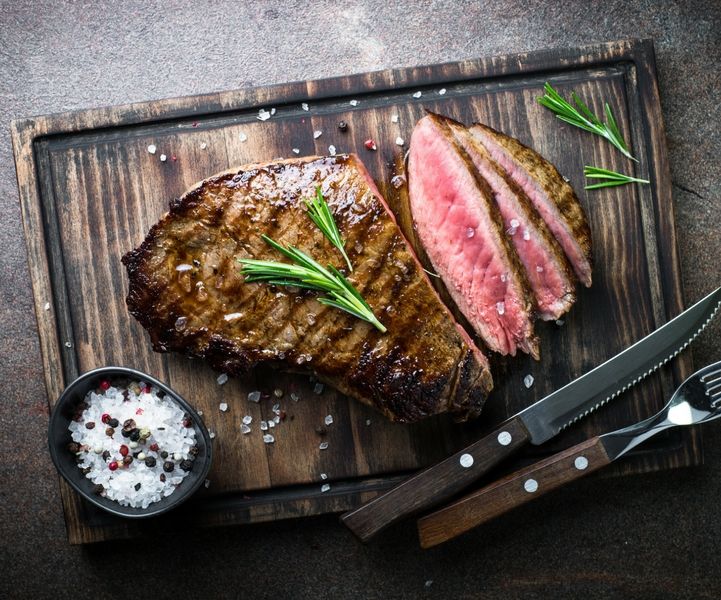
The Paleo Food List
Lean grass-fed or free-range beef, pork, bison, poultry
Fish and seafood
Fresh fruit
Non-starchy vegetables: Lettuce, asparagus, green beans, cauliflower, broccoli, Brussels sprouts, spinach
Nuts: Almonds, walnuts, cashews, pecans, and pistachios (no peanuts, which are a legume)
Seeds: Pumpkin, sunflower
Eggs
Plant-based oils: Olive, walnut, grape seed, coconut
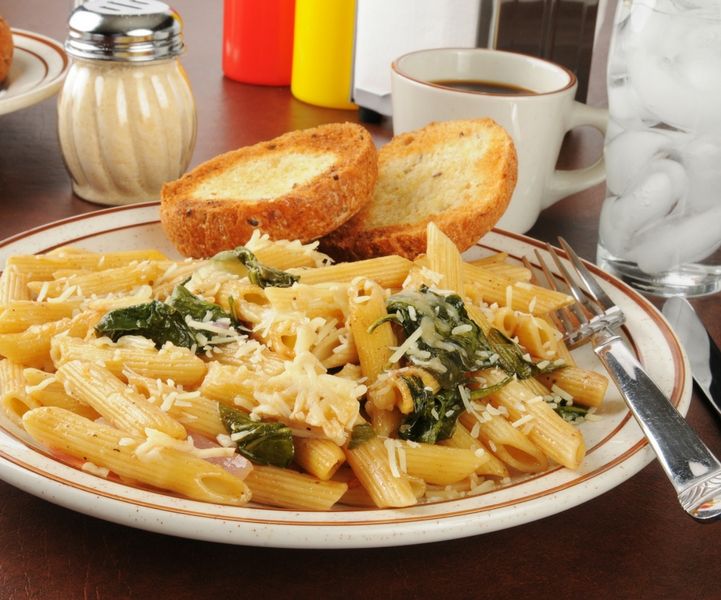
Foods To Avoid
Grains: Wheat, barley, rice, bread, pasta, cereal
Starchy vegetables: Potatoes, corn, popcorn, tortillas, potato chips, French fries
Legumes and beans: Peanut butter, soy and soy products, tofu, hummus, beans
Dairy products: Milk, yogurt, cheese, ice cream
High-fat and processed meats: Ground meat, ribs, salami, bologna, pepperoni, sausage
Sugars: Soda, honey, jam, jelly, syrup, candy, cakes, cookies, sports drinks
Processed foods or trans fats: Doughnuts, fruit snacks, fries, macaroni and cheese, fast food
Salty foods: Crackers, chips, pretzels, soy sauce

Health Benefits of The Paleo Diet
Clean diet: No additives, preservatives, chemicals
Anti-inflammatory: Fruit, vegetables, oils, nuts, seeds
Increased satiety: Fullness due to higher protein and fats, which take longer to digest
Possible weight loss due to restricted food options, no sugar and processed foods
Improved glucose tolerance
Lower blood pressure and triglycerides
Risks & Tips
Eliminating grains and legumes means no thiamine, folate, niacin, and riboflavin
Excluding dairy may cause calcium deficiency.
Challenging for vegetarians and vegans to get enough protein
Be aware of portions, especially with higher-density foods like nuts and meats
Watch protein intake. Too much protein can tax kidneys.
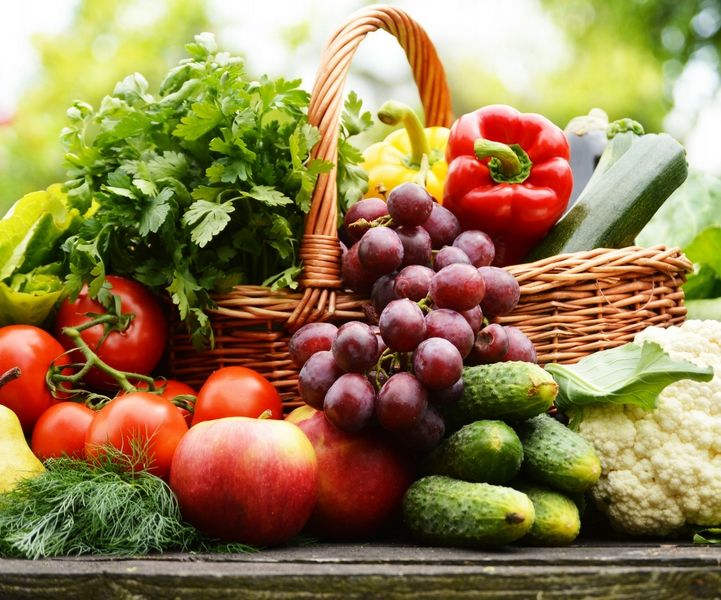
Bottom Line
The Paleo Diet® eliminates processed foods, artificial additives, sugar, Omega-6 oils and trans fats, which all present health hazards. However, by eliminating whole food groups such as dairy and grains, the nutritional profile may not be complete.
By following this diet, you may experience weight loss and additional health benefits but there are no long-term clinical studies to support the benefits and clarify risks. In order to optimize health, you may get the same benefits from eating a balanced diet focused on whole foods with plenty of fruits and vegetables.
